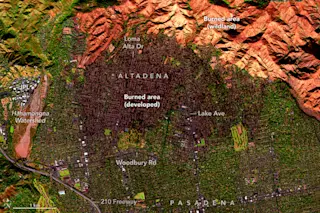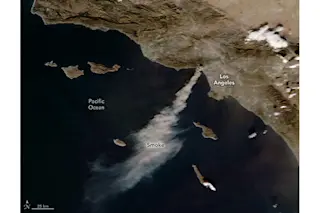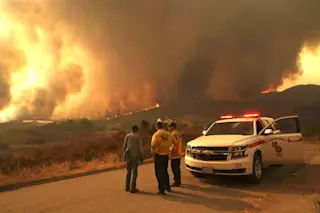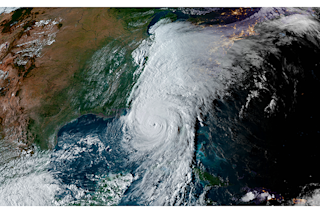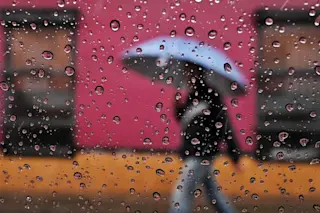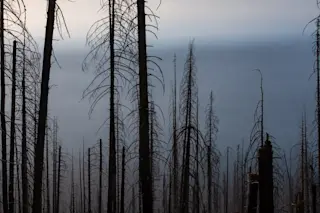Tropical Storm Barry is now expected to make landfall as a hurricane.
As I’m writing this Thursday afternoon, July 12, Barry is churning slowly over the northern Gulf of Mexico, strengthening as it tarries over warm water. As it nears the coast and then pushes inland, the storm threatens to push up dangerous storm surges and dump up to 20 inches of rain.
Storm surge is already a problem:
The City of New Orleans has ordered people to shelter in place, effective at 8 p.m. local time.
Officials are closing floodgates ahead of what’s expected to be life-threatening flooding along the central Gulf Coast and into the Lower Mississippi Valley.
The distinctive animation of GOES-16 weather satellite images at the top of this post shows Barry over the Gulf between 9 and 11:30 a.m. local time today. Consisting of infrared images collected at one minute intervals, it’s an unusual view ...



